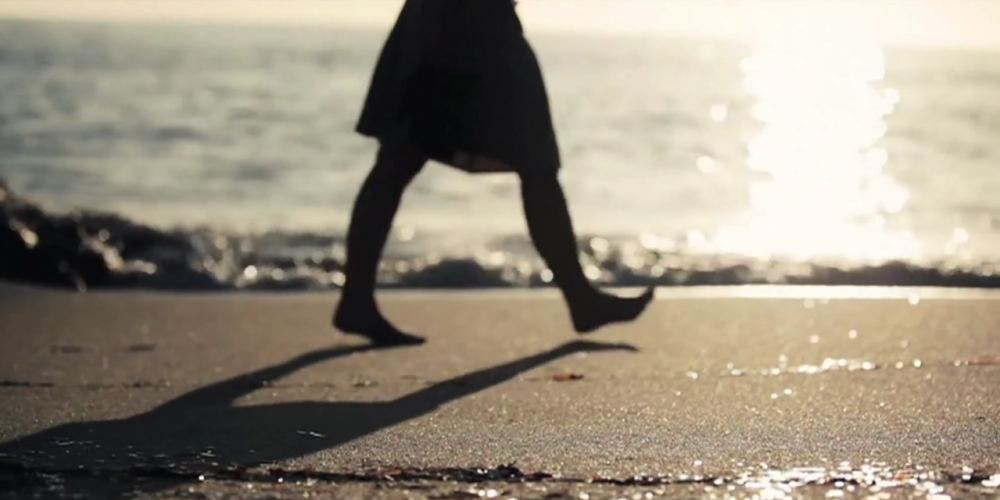Blake Whitman: Vimeo
The online video sharing revolution began with Youtube. Now anyone with a camera, computer and an idea can share a film, no matter how bad, with the whole world. Underneath this sea of content - which

"These cameras are small and great in low light so you can get them into really personal settings without disrupting the scene around it. You don’t need a whole crew and lights. It enables a whole new kind of narrative." The online video sharing revolution began with Youtube. Now anyone with a camera, computer and an idea can share a film, no matter how bad, with the whole world. Underneath this sea of content - which ranges from the hilarious to the utterly inane - is an exciting new generation of digital filmmakers. But these budding directors aren’t on Youtube. Instead, they have turned to Vimeo, a smaller network based in New York that has become the go-to place to see creative videos on the web.
‘It’s become an entire social platform for sharing knowledge and ideas through video,’ says Blake Whitman, the Vice President for Creative Development at the video-sharing network. ‘It’s really taken on a life of its own.’
At the heart of any successful network is its dedicated base of users. On Vimeo, these users are an army of filmmakers, shooting exciting and professional high definition (HD) content. It’s all been possible thanks to the ease of access to increasingly affordable HD cameras. A key turning point, says Blake, was the introduction of the HD DSLR. ‘It started with the Nikon D90 then the Canon 5D mk2,’ says Blake. ‘These cameras were absolute gold for filmmakers because the results mimicked film and were perfect in low light. Five to ten years ago the same quality camera would cost 70 to 80 thousand dollars. People can just tell stories better now because they can get access to these cameras. The barrier of entry is just a lot lower.’
The cameras have helped to push what’s possible on a budget. As a result, new types of film have surfaced throughout the Vimeo network. For instance, a new type of documentary film has emerged that’s based on short personal stories, made possible from the flexibility of the equipment. ‘These cameras are small and great in low light so you can get them into really personal settings without disrupting the scene around it,’ says Blake. ‘You don’t need a whole crew and lights. It enables a whole new kind of narrative.’
And Blake should know. His role at Vimeo not only involves planning for the future of the site, but also understanding its current content. ‘I’ve seen about sixty to seventy thousand videos in my time,’ admits Blake. He was also once a keen user of Vimeo, shooting and uploading his own film productions, a hobby that eventually led him to a job at the network. ‘I stumbled across the site randomly one day and started uploading the films I was making at the time,’ says Blake. ‘I became really obsessed with it and fell in love with its community. From this obsession I was hired.’
But why did Blake and his creative filmmaking peers chosen Vimeo and not Youtube? It’s all down to how Vimeo enables the videos to come to life. Firstly, Vimeo was the first online video platform to offer HD. ‘When we launched HD people said there was no way we could do it,’ says Blake. But Vimeo did, and it took up to a year for other sites to follow. ‘It was a huge technological breakthrough that helped creatives and filmmakers,’ says Blake. ‘It was a boon for people who now had this place to share the quality work they were doing and made sure it looked good.’
Secondly, the website design lets users see and communicate with the people behind the films, rather than keep them anonymous as they are on other video sites (just look at how asinine the comments under Youtube videos can be). ‘Vimeo lets people have a direct relationship with the other users,’ says Blake. ‘People can talk to the them and they have a little profile picture next their comments. It’s little design elements of Vimeo that lets people connect together.’
Vimeo doesn’t just let people connect online. The network also hosts a festival and awards, the first of which was held in October 2010. It’s a real-life award ceremony that celebrates the best content within the network though a series of talks and screenings. ‘It lets people come to together and meet the people behind the profiles’, says Blake. ‘It’s everything Vimeo stands for in an offline setting.’
Next, Vimeo wants to perfect how videos are shared online. But it’s also exploring a growing trend: mobile filmmaking. It’s already released a phone app, which lets people shoot, edit and upload videos entirely on their phone handset (10% of the site’s traffic is now from mobiles). ‘It’s the first of its kind,’ says Blake. ‘The continued focus on mobile is going to be a huge part of the future.’http://www.vimeo.com http://player.vimeo.com/external/28152958.hd.mp4?s=c517aa5f085022e51c6a1f05bf5854e0








Discussion